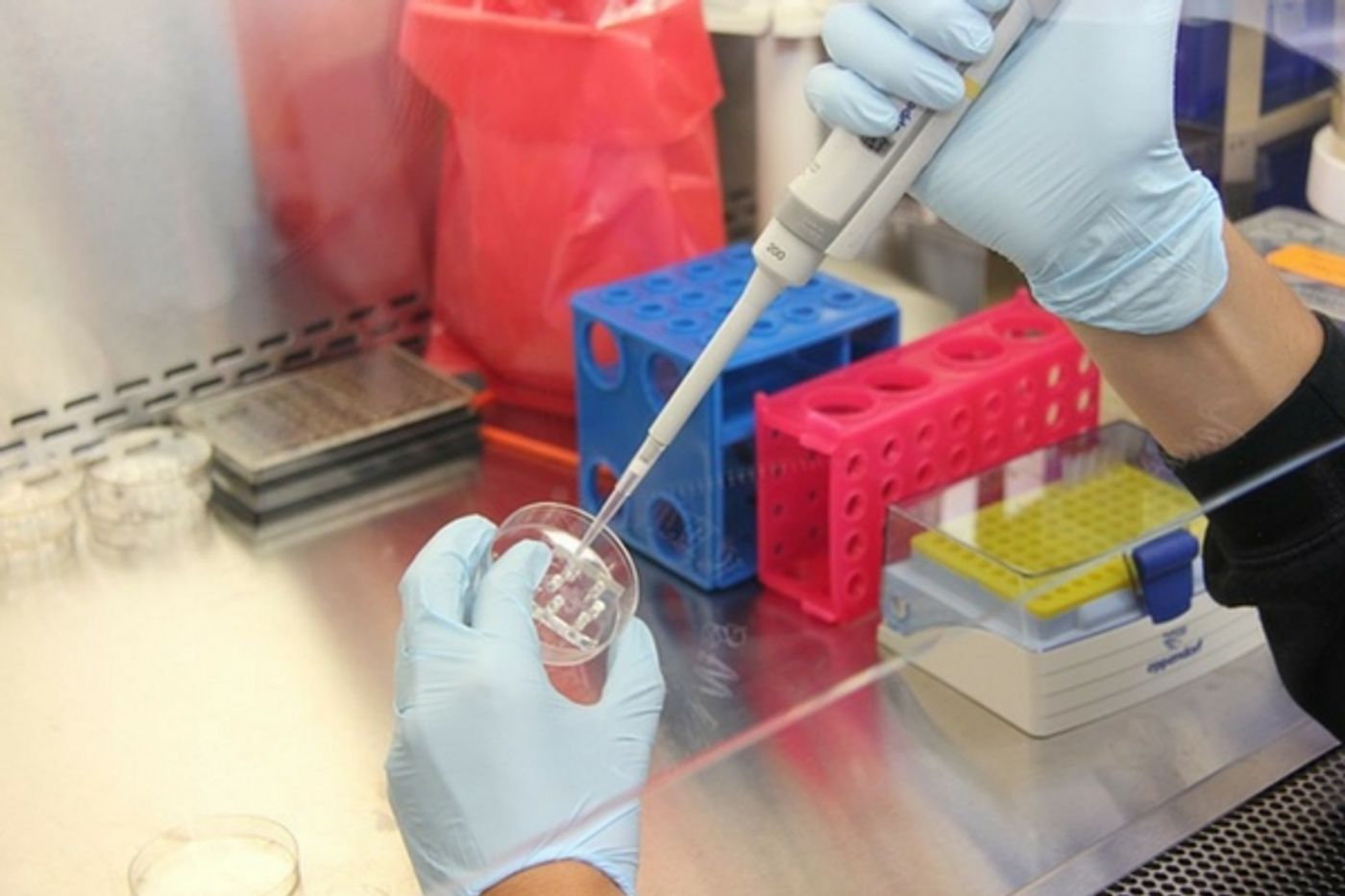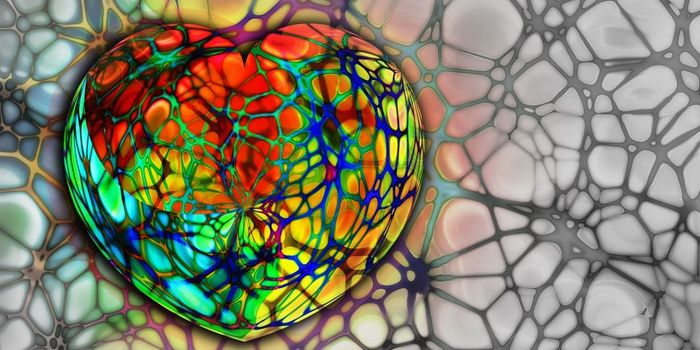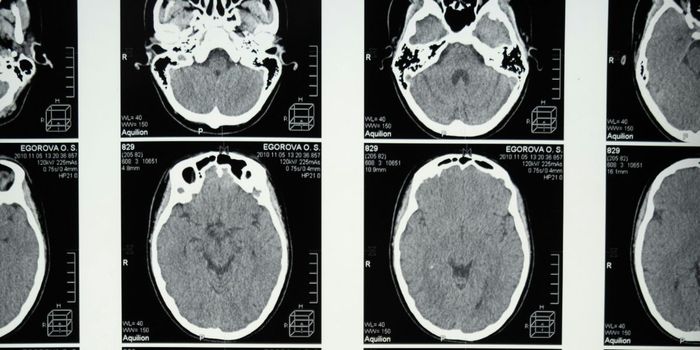A New Source of Brain Cells for Research
It's important to try and reduce waste and recycle items when possible. However, the idea of finding another use for healthy brain tissue doesn't seem like it would work. However, in the first collection of its kind, the Allen Institute for Brain Science has compiled a public database of brain cells that were, in a way, recycled.
The cells are part of the Allen Cell Types Database. The collection will be available for researchers who need to understand the properties of brain cells and how they impact cortical function. The cells were collected from a group of 7 Seattle neurosurgeons. Typically when a patient undergoes brain surgery, some healthy tissue has to be removed to get the unhealthy tissue out. These bits of healthy brain matter would generally be considered medical waste, however saving them and creating a store of information on how they function is a much better use of the tissue.
Data from the brain cells was released earlier this month and included the electrical properties of close to 300 neurons from the cortices of human brains. The database also offers a 3D reconstruction of the shape and size of the brain cells and computer algorithms that show how the neurons fire and interact with each other. The brain tissue was donated by 36 patients who underwent surgery and agreed to have any healthy brain matter be used for the project. Once removed during surgery, the brain bits were rushed the Allen Institute lab to scientists could extract information and analyze the electrical patterns, shape, and size of each neuron.
There will also be genetic information available in the collection. In the brain, specific genes will be expressed after a complicated process of cellular activity. The gene expression profiles included came from three adult human brains, and the information they contain will give researchers and medical professionals an unprecedented look at how the brain functions to cause genes to express material that makes each person who they are.
Christof Koch, Ph.D., Chief Scientist and President of the Allen Institute for Brain Science explained in a press release, "Our goal is to truly understand how the human brain works, not just the brains of mice or other animals that most brain scientists study. There is no better way to do that than to directly examine live cells of the human cortex. The human brain is the most complex piece of highly organized and active matter in the universe, and it is critical to understand its building blocks if we ever hope to comprehend how it works as a whole."
The database is significant because it contains cells from the cortex of the brain, which is the outer layer. It's composed of millions of individual neurons, and those cells are what regulate memory, perception, emotion, and learning. Understanding how this region of the brain works is crucial for scientists searching for the treatments and causes of conditions like Alzheimer's, Parkinson's and mental illnesses like depression and schizophrenia.
The Allen Cell Types Database can be accessed here. The video below has more information on what this collection of brain cells could mean for future research studies.
Sources: The Allen Institute, The Economist, Seeker.com









